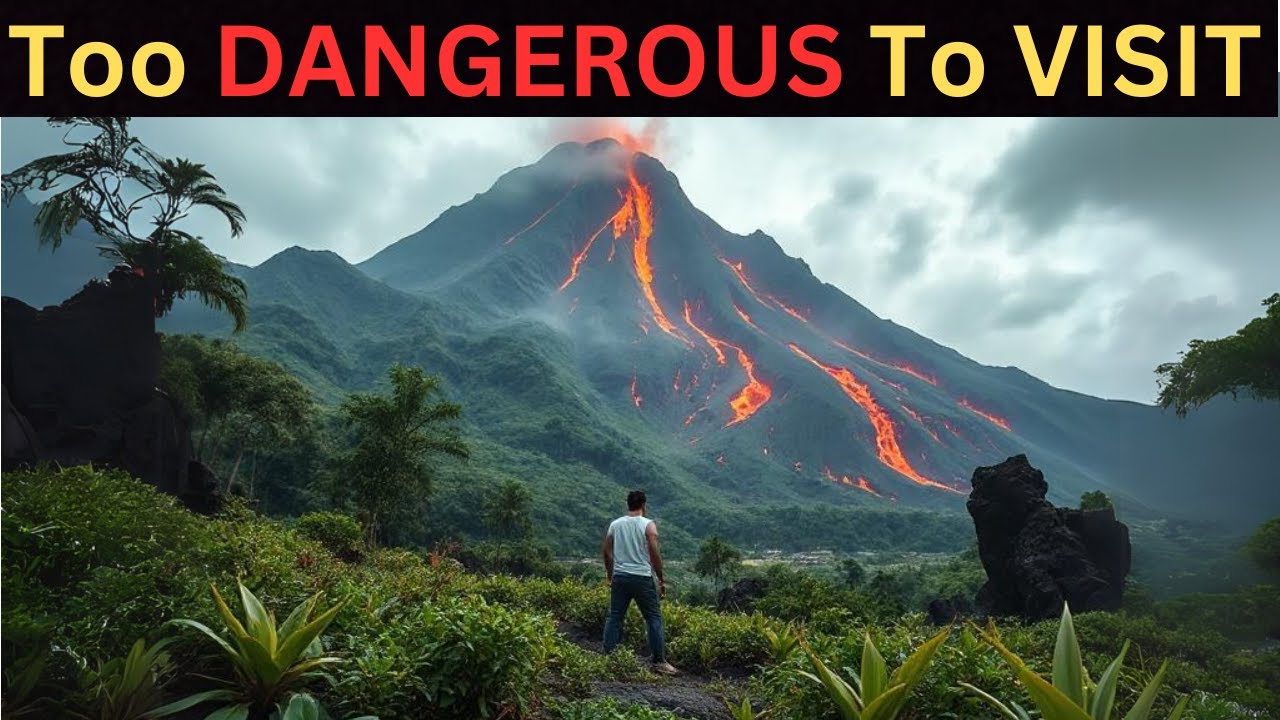History is full of mysterious cultures that thrived for centuries—only to disappear suddenly, leaving behind puzzling ruins and unanswered questions. From advanced cities swallowed by jungles to entire populations that seemingly evaporated, these lost civilizations continue to baffle archaeologists.
Here are the 10 most enigmatic ancient societies that vanished without explanation—and the theories about their mysterious fates.
1. The Indus Valley Civilization (3300–1300 BCE) 🏙️🌀
What We Know: One of the world’s first urban cultures, with advanced plumbing, grid cities, and undeciphered writing.
The Mystery: Around 1900 BCE, their cities were abandoned. No signs of war or natural disaster—just a gradual decline.
Theories: Climate change (drying rivers), economic collapse, or a slow migration eastward.
2. The Maya (2000 BCE–900 CE) 🌴📜
What We Know: Brilliant astronomers and mathematicians who built towering pyramids in Central America.
The Mystery: Their great cities like Tikal and Palenque were abandoned by 900 CE. No single cause explains their collapse.
Theories: Drought, overpopulation, warfare, or a breakdown in political systems.
3. The Minoans (2700–1450 BCE) 🏛️🌊
What We Know: Europe’s first advanced civilization, with stunning palaces like Knossos on Crete.
The Mystery: Their society collapsed around 1450 BCE—possibly due to a volcanic eruption (Thera) or Mycenaean invasion.
Theories: Tsunamis, ash clouds killing crops, or a mix of disasters.
4. The Olmec (1500–400 BCE) 🗿🌿
What We Know: Mesoamerica’s “mother culture,” known for colossal stone heads and early writing.
The Mystery: Their major cities were abandoned by 400 BCE—no clear invasion or catastrophe.
Theories: Environmental changes, internal rebellion, or shifting trade routes.
5. The Khmer Empire (802–1431 CE) 🏯🌳
What We Know: Built Angkor Wat, the world’s largest religious monument, in Cambodia.
The Mystery: By the 15th century, Angkor was deserted—swallowed by jungle for centuries.
Theories: Drought, failed water systems, or Siamese invasions led to decline.
6. The Rapa Nui (Easter Island) (300–1700 CE) 🗿🌴
What We Know: Famous for mysterious moai statues, this isolated society thrived for centuries.
The Mystery: By the 18th century, their civilization collapsed—trees gone, population decimated.
Theories: Ecological destruction (deforestation), civil war, or European contact brought disaster.
7. The Nabateans (400 BCE–106 CE) 🏜️🏛️
What We Know: Built Petra (Jordan), a rock-carved city controlling desert trade routes.
The Mystery: After Roman annexation, their culture faded—but why did Petra empty out?
Theories: Shifting trade away from land routes made their wealth vanish.
8. The Clovis People (13,000–12,600 BCE) 🏹❄️
What We Know: One of North America’s earliest cultures, known for distinctive spear points.
The Mystery: They disappeared suddenly around 12,600 BCE—right as mammoths went extinct.
Theories: A comet impact (“Younger Dryas” event) caused climate chaos.
9. The Cucuteni-Trypillia (5500–2750 BCE) 🏠🔥
What We Know: Europe’s largest Neolithic society, with massive settlements burned every 60–80 years.
The Mystery: Their entire civilization vanished by 2750 BCE—no signs of invasion.
Theories: Ecological exhaustion, ritual burning, or migration to new lands.
10. The Tartessians (1000–500 BCE) 🏛️🌊
What We Know: A wealthy, advanced culture in southern Spain, possibly linked to Atlantis myths.
The Mystery: After 500 BCE, they disappeared from history—no ruins, no records.
Theories: Carthaginian attacks, earthquakes, or assimilation into Celtic tribes.
Final Thoughts 🏺🔍
These lost civilizations remind us that even the greatest societies can vanish—sometimes without clear reasons. Were they destroyed by climate change? War? Or something stranger?
The biggest mystery? Could our civilization one day join this list—leaving only ruins behind?



